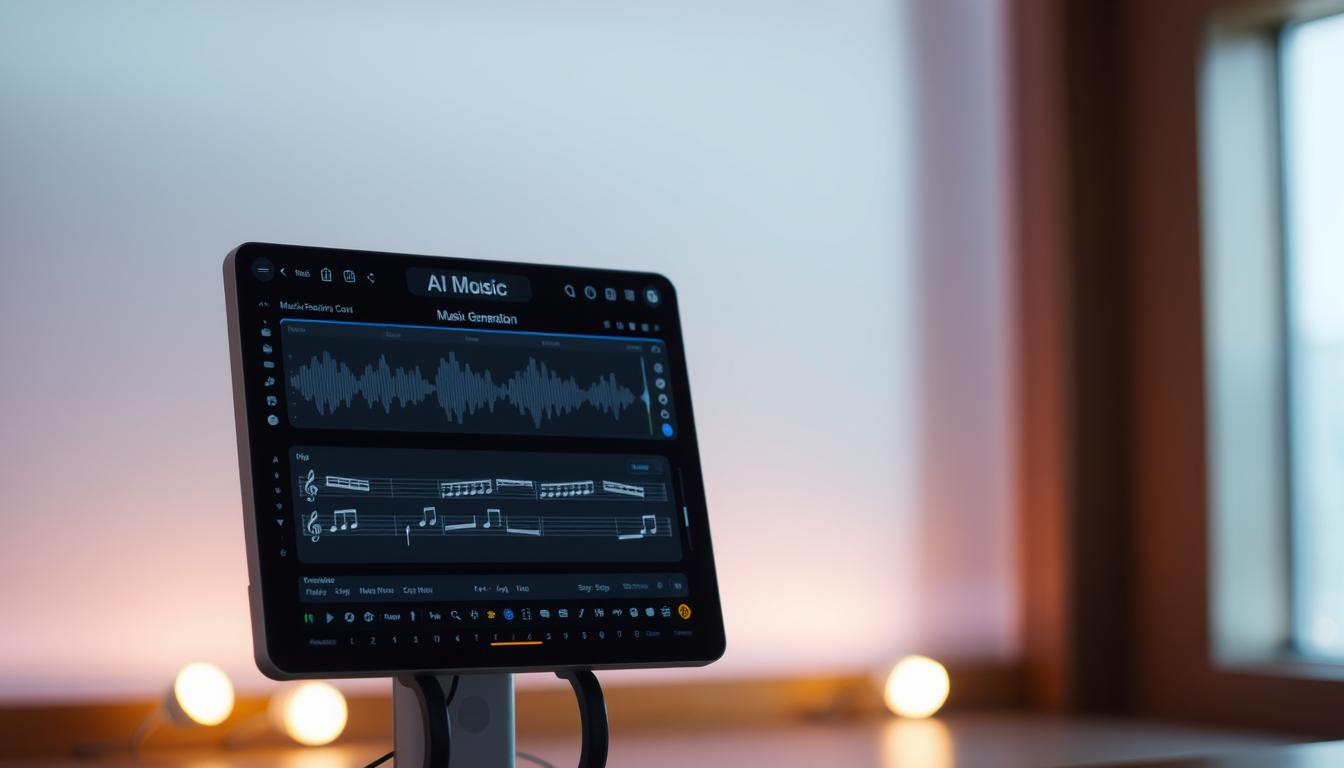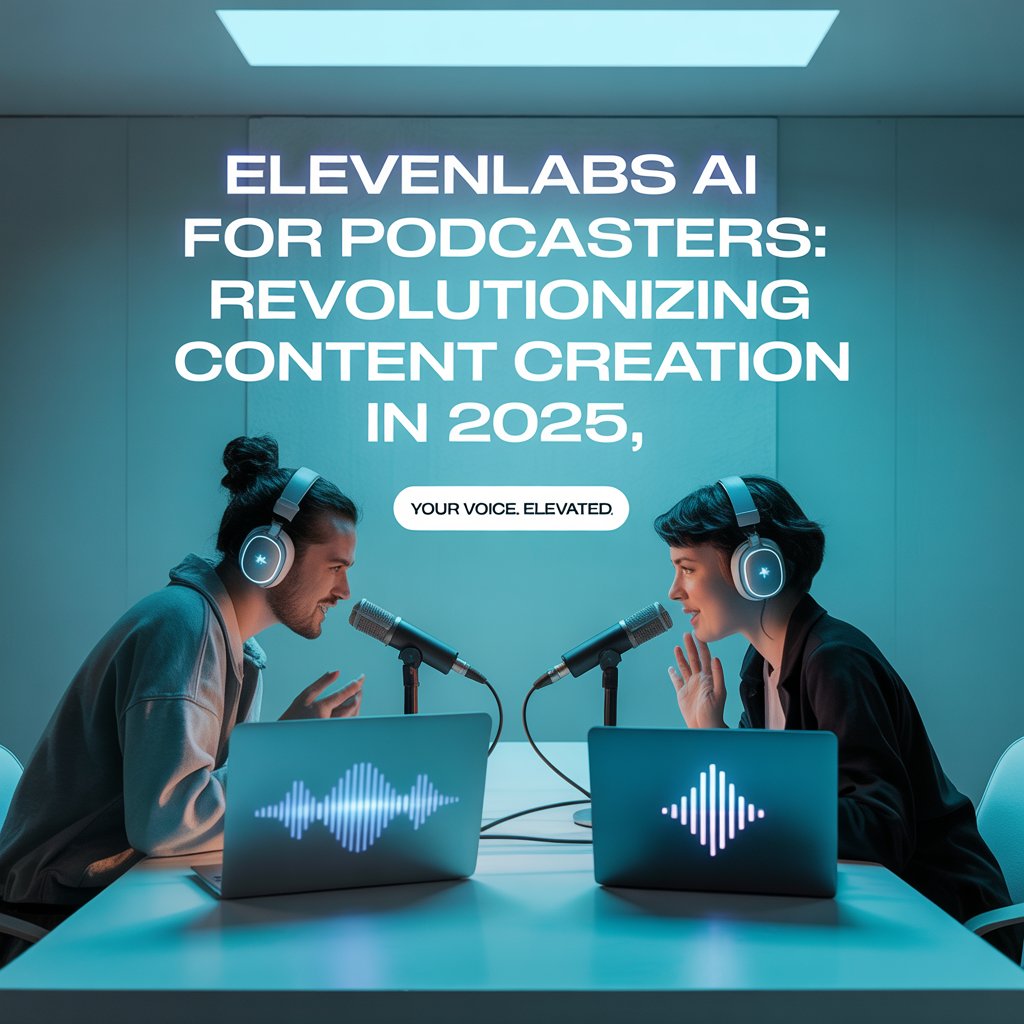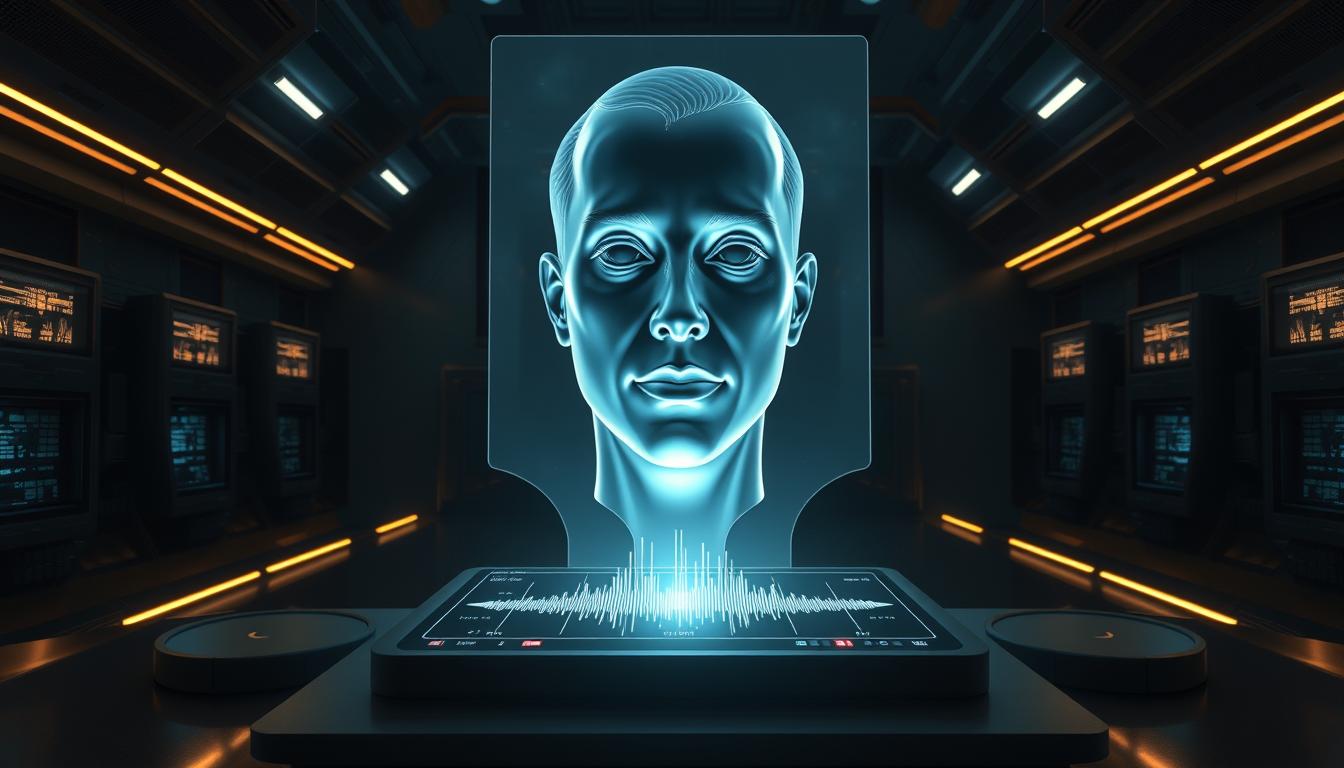I’ve spent hours trying to create music, only to hit a wall. That’s when I found AIVA. It changed everything. With just a few clicks, AIVA turned my ideas into songs in many styles.
AIVA can create over 250 music styles in seconds. It’s perfect for those on a budget or new to music. But does it mean you have to give up quality? My tests showed no.
Whether I was tweaking rhythms or making orchestral pieces, AIVA’s quality was top-notch. It’s more than a tool—it’s a doorway to new music.
Key Takeaways
- AIVA offers free access to generate songs across 250+ styles.
- Users from beginners to pros can explore complex compositions instantly.
- No prior experience? AIVA’s interface simplifies the creative process.
- Its algorithm-driven approach challenges traditional music production norms.
- Free features include customization options for melody, tempo, and genre.
Introduction to AIVA: My Journey into AI-Generated Music
When I first found AIVA, it felt like a game-changer. It was like the calculator for math. The ai virtual assistant behind AIVA didn’t just make things easier. It opened up new ways to be creative.
Why I Embrace AI Music
What really caught my eye was how fast and flexible AIVA is. Here’s why it’s special:
- Speed: It can create music in minutes, not hours
- Flexibility: You can change the tempo, genre, and instruments easily
- Accessibility: You can export your music in MP3, MIDI, or WAV with just one click
| Traditional Methods | AIVA’s AI Approach |
|---|---|
| Hours of manual composition | Instant melody suggestions |
| Limited instrument choices | Over 50 virtual instruments |
| Complex software learning curves | User-friendly drag-and-drop design |
My first track with AIVA started with a simple mood input—“melancholic piano.” In minutes, the ai virtual assistantcreated a haunting melody. I then refined it into a full piece. This mix of human creativity and AI power is truly magical.
How AIVA is Revolutionizing AI Music Production

Exploring AIVA shows how virtual assistant technology changes creativity. Its interface lets users like me create melodies in seconds. You can choose from classical, pop, or electronic styles with just a click. Behind the scenes, algorithms use decades of music data to create polished tracks.
Cutting-Edge Features
- Style Adaptation: Switch between genres effortlessly using AI-driven presets.
- Real-Time Editing: Adjust tempo, key, and instruments without technical barriers.
- Instant Licensing: Generate royalty-free music for projects with one click.
Impact on the Music Industry
Traditional studios used to take weeks to get results. Now, AIVA cuts production time by 70%, according to developers. Its virtual assistant technology helps indie artists and filmmakers make high-quality scores affordably. Here’s how it compares:
| Traditional Method | AIVA’s Approach |
|---|---|
| High studio costs | Free trials and pay-as-you-go licensing |
| Months of composition | Minutes to generate full tracks |
| Limited access to professional tools | Democratized creativity for all users |
Seeing AIVA in action, I’m amazed by its ability to blend human creativity with machine precision. It’s not replacing artists; it’s boosting their abilities. The future of music is about collaboration, not just AI.
Smart Virtual Assistants vs. AI Chatbots in Music Creation
While looking into music tools, I found two main technologies: smart virtual assistants and ai chatbot systems. They both help with creativity but in different ways. I saw how each is great for certain tasks.
| Aspect | Smart Virtual Assistants | AI Chatbots |
|---|---|---|
| Primary Role | Automate workflows (e.g., track mixing) | Guide creative decisions via dialogue |
| Interaction Style | Voice commands for actions | Text-based conversational input |
| Music Use Cases | Adjusting tempo, layering instruments | Suggesting chord progressions, lyric brainstorming |
Testing Spotify’s virtual assistant was smooth for track adjustments. Google’s ai chatbot helped shape song ideas with written feedback. Both tools make workflows easier but tackle creativity in unique ways.
- Virtual assistants are good at doing set tasks
- Ai chatbots are great for brainstorming
Mixing these tools leads to a better workflow. The chatbot’s ideas spark creativity, and assistants refine those ideas into tracks. This mix shows how tech can boost, not replace, human creativity.
The Role of Algorithms in Composing Music
At first, I wondered if using algorithms in music felt like cheating. But then I saw how it’s like calculators changed math. They make things easier, not harder. The ai-powered virtual assistant at AIVA works like a digital partner. It takes my ideas and turns them into music.
Here’s how it works:
- Inputs like audio snippets or MIDI files are fed into the system.
- Algorithms analyze patterns, tempo, and harmony to mirror my creative intent.
- Generated compositions emerge as new melodies, ready for refinement.
Exploring AIVA’s tech, I found it’s not magic—it’s math. When I upload a piano melody, AIVA breaks it down into numbers. It’s solving problems with music. The ai-powered virtual assistant even gets better with my feedback.
Working with algorithms opens up new possibilities. They handle the rules, so I can focus on feeling and ideas. AIVA makes my dreams into music, showing tech can boost creativity, not stifle it.
Comparing AIVA with Other AI-Generated Song Platforms
Looking into AI music tools, AIVA’s smart virtual assistant really stands out. Unlike others, AIVA lets users shape their music in a unique way. This is thanks to its adaptive interface.
| Feature | AIVA | Amper Music | LANDR |
|---|---|---|---|
| Custom Style Models | AI-generated with guided prompts | Pre-set genres only | No composition tools |
| Licensing | Flexible, royalty-free options | Subscription-based | Pay-per-track |
| Track Quality | Professional-grade outputs | Good, but less customizable | Focus on mastering |
| Learning Curve | Low (guided by smart virtual assistant) | Medium | Steep |
AIVA doesn’t use presets like others do. Its smart virtual assistant adjusts to what you need. This, along with flexible licensing and top-notch quality, makes AIVA a top pick for creators.
AIVA Technologies: Behind the Scenes of the AI Music Engine
AIVA’s AI engine uses advanced machine learning and easy-to-use tools. I found out how neural networks and real-time editing let you create music for free with top-notch quality. The platform adjusts to what you input, mixing creativity with technical skill.

Tech Innovations in Music
What makes AIVA stand out:
- Neural Network Training: Models learn from decades of music to offer melodies and harmonies.
- Real-Time Adjustments: You can change tempo, key, and instruments right as you compose.
- API Integration: Developers can add AIVA to other apps for teamwork.
| Feature | Description | User Advantage |
|---|---|---|
| AI Composition Engine | Creates original scores by looking at chord progressions and rhythms | Users can create music for free with high-quality bases |
| Dynamic Sound Library | Thousands of instrument samples and genre-specific presets are available | Customize tracks without expensive software |
| Cloud-Based Processing | Uses servers to handle high-resolution audio rendering | Streamline workflows without hardware limits |
AIVA aims to blend the latest tech with ease of use. It helps you make everything from ambient sounds to pop tunes, focusing on creativity over complexity.
Creating Music for Free: My Personal Experience with AIVA
Looking into is soundraw free options, I tried AIVA’s free version. The interface was welcoming right away. It didn’t take long to get started, thanks to its simplicity.
I began with basic chords, tweaking the mood and style easily. The drag-and-drop tools made arranging tracks feel like playing with blocks.
- User-Friendly Design: Sliders for tempo and genre choices pop up intuitively.
- Instant Feedback: Preview buttons let me hear changes in real time without glitches.
- Free Features: The basic plan includes enough tools to craft full melodies, no credit card required.
Experimenting was endless. I mixed piano rolls, synth layers, and even exported tracks. The free version allowed me to create music that sounded great. It was exciting to turn ideas into songs without spending money.
Trying is soundraw free comparisons online, AIVA’s free tools stood out. My experience showed that you can be creative without spending a dime. AIVA encourages you to play, make mistakes, and grow.
The Human Touch vs. AI: Embracing a Collaborative Future
My journey with aiva technologies showed me AI’s true purpose. It’s not to replace artists, but to boost our creativity. This new era of human-AI collaboration is shaping music’s future. Think of AI as a partner, not a rival.

- Human emotion fuels mood and narrative in tracks.
- AIVA Technologies handles complex patterns and technical details.
- Together, they create music that’s both fresh and deeply relatable.
| Human Creativity | AIVA’s Role |
|---|---|
| Concepts & Vision | Algorithmic Harmony |
| Lyric Writing | Rhythm Generation |
| Emotional Nuance | Sound Optimization |
This partnership is like past tech advancements. The piano and digital recording didn’t kill creativity. AIVA Technologieslets musicians discover new sounds. My experiments proved that mixing human spark with AI’s precision yields something extraordinary.
Music’s essence is and will always be human. But with aiva technologies, we’re redefining success. We’re not losing, we’re just starting a new chapter.
Future Prospects in AI-Powered Music Production
Looking ahead, I’m excited about the future of ai generated song technology. Innovators are working on tools that let you change melodies in real time. They’re also creating songs that match your emotions. Imagine making a symphony that changes as you work. This is the future I’m looking forward to.
- AI that learns from live performances to suggest changes
- Hybrid systems blending human creativity with AI’s speed
- Apps that turn spoken ideas into full ai generated song drafts instantly
| Current Features | Future Possibilities |
|---|---|
| Melody suggestion tools | Real-time global collaboration |
| Basic genre-specific templates | AI that writes lyrics matching a song’s mood |
| Manual track mixing | Auto-mixing based on listener feedback |
AIVA has recently introduced voice-activated composition and AI that mimics famous artists. These updates could make music creation as easy as talking to your device. The future will see more blending of human and machine creativity. But the main goal remains the same: making art available to all.
Conclusion
My look into AIVA shows how AI changes music making into something everyone can do together. AIVA shows that tech doesn’t take over creativity; it boosts it. It mixes smart algorithms with artistic dreams, letting anyone make top-notch music easily.
On my journey, I’ve seen AIVA’s easy-to-use design and cutting-edge tech stand out. It quickly turns ideas into songs, aiming to make music making open to all. Users share how AIVA helps them go from dream to done, whether it’s making tunes or beats.
As AI keeps getting better, AIVA’s impact on music grows. For those wanting to make music, it’s not just about tools. It’s about unlocking your full creative power. Try out AIVA’s free stuff and see how tech can make your dreams come true. The music world is now open to everyone, not just the pros.
FAQ
Is AIVA a free AI song generator?
Yes, AIVA has a free version. You can make music without paying. But, some extra features need a subscription.
What are the key features of AIVA?
AIVA has a simple interface and many music styles. It uses smart algorithms to make unique songs. It’s great for both new and experienced musicians.
How does AIVA compare to traditional music composition methods?
AIVA uses AI to make music faster and more efficiently. This lets you try new things and be more creative than with old methods.
Can I use AIVA for commercial purposes?
Yes, you can use AIVA’s music for business projects. Just check the licensing rules for your version.
What role do algorithms play in AIVA’s music creation process?
Algorithms are key in AIVA. They help analyze music patterns and create songs that fit your taste and style.
How does AIVA differ from other AI song platforms?
AIVA is known for its easy-to-use interface and many customization options. It also lets you make music in many genres, making it a better experience.
Is there any limit to the music I can create with AIVA’s free version?
The free version has some limits. You can’t use all features and make as many songs. But, it’s perfect for beginners to start and learn.
What emerging trends are shaping AI-powered music production?
New trends include AI working with humans, better machine learning, and more access for creators worldwide.
How can I enhance my experience using AIVA?
Try different music styles and settings. Use the community and tutorials. Keep up with updates for new features to boost your creativity.





